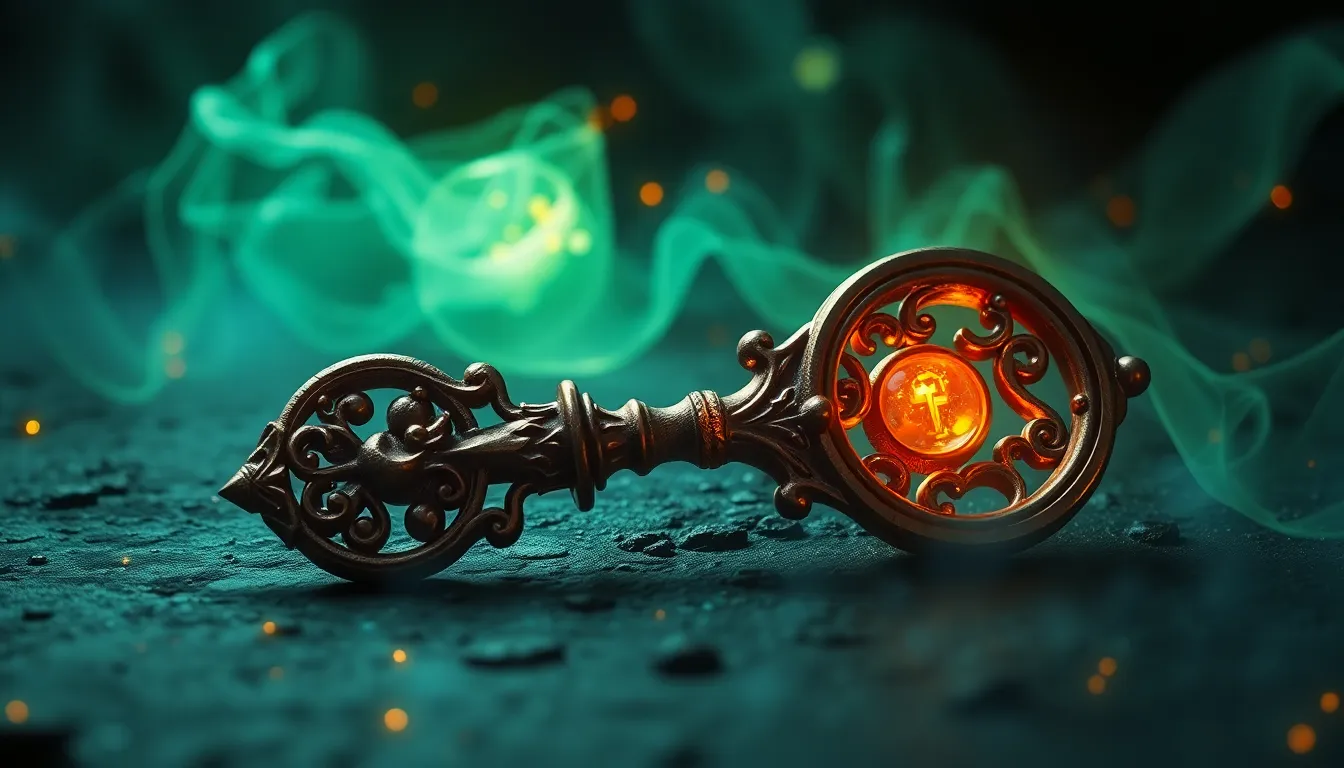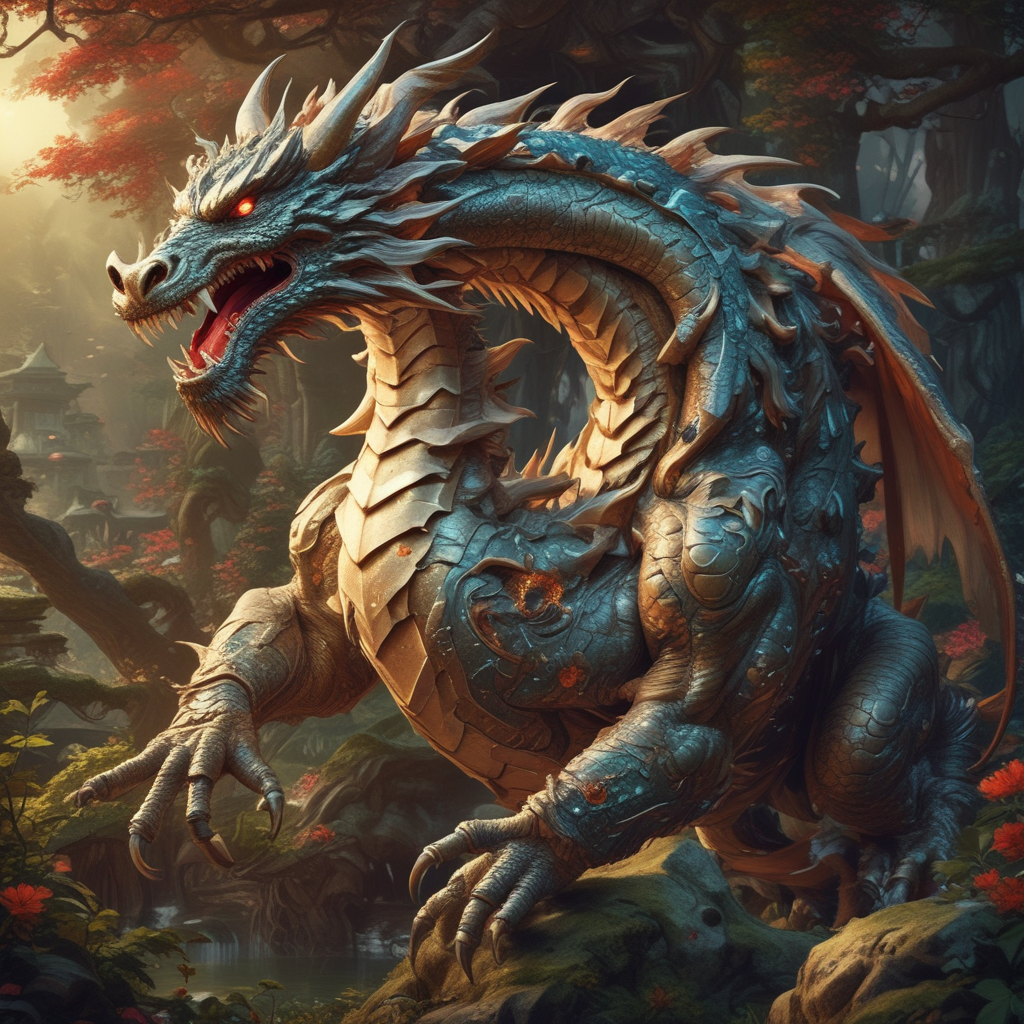The Mythological Roots of Indonesian Heroes
Indonesian mythology, a tapestry woven from ancient beliefs and oral traditions, is rich with legendary heroes. These figures, often imbued with supernatural abilities and divine connections, embody the ideals and values of Indonesian culture. Their deeds, passed down through generations, serve as both inspiration and cautionary tales, shaping the moral compass of the nation. From the brave warriors who defended against invaders to the wise rulers who ushered in periods of prosperity, these heroes occupy a prominent place in Indonesian folklore. Their stories, steeped in symbolism and rich with fantastical elements, offer insights into the cultural and spiritual landscape of Indonesia.
Immortalized Through Legend: The Significance of Tombs in Indonesian Mythology
Across cultures, tombs hold a profound significance, serving as physical markers of a life lived and a testament to the enduring memory of the deceased. In Indonesian mythology, the concept of the tomb takes on an even deeper meaning, becoming a portal to the realm of the ancestors and a testament to the power of legend. The tombs of heroes, often located in sacred sites or imbued with mystical properties, are more than just resting places. They are repositories of ancestral wisdom, sources of spiritual power, and embodiments of the enduring spirit of the hero.
The Hero’s Journey: From Mortal to Mythological Figure
The transition from mortal to mythical figure is a recurring theme in Indonesian mythology. Heroes, often born into ordinary families or imbued with extraordinary abilities, embark on epic journeys that test their skills and character. They confront mythical beasts, navigate treacherous landscapes, and overcome challenges that solidify their status as legendary figures. Through acts of bravery, wisdom, or divine intervention, they earn the respect and admiration of their people, becoming archetypes of heroism. The journey of the hero, recorded in stories and enshrined in their tombs, becomes a blueprint for personal growth and a source of inspiration for future generations.
Guardians of the Afterlife: The Role of Spirits and Deities in Protecting Tombs
In Indonesian mythology, the afterlife is a realm of spirits and deities, and the tombs of heroes are often seen as sacred ground, protected by supernatural forces. Spirits of ancestors, benevolent deities, or guardian figures watch over these tombs, ensuring the hero's peaceful rest and preventing any disturbance. These spirits are sometimes invoked during rituals and offerings, demonstrating the deep respect and reverence held for the heroes and the power they continue to wield even in the afterlife.
The Sacred Sites: Locations of Mythological Tombs and their Significance
The locations of mythological tombs are often chosen for their symbolic meaning, geographical significance, or association with spiritual power. These sites, often located in remote areas, on mountains, near sacred trees, or at the confluence of rivers, are seen as gateways to the spiritual realm and bear testament to the hero's connection to the divine. The placement of a hero's tomb becomes a narrative element, reinforcing their legacy and shaping local folklore. Through stories and rituals, these sites become places of pilgrimage, where people seek guidance, protection, or a connection to the spirit of the hero.
The Power of Place: How Geography Impacts the Narratives of Heroic Tombs
The geographical setting of a hero's tomb often plays a crucial role in shaping the narrative surrounding their legacy. Mountains, seen as the dwelling place of deities and spirits, are frequently chosen as the final resting place for heroes. Such locations embody the hero's connection to the divine and their ascent to a higher realm. Coastal regions, known for their connection to the sea and the underworld, are often associated with heroes who navigated the waters or had a relationship with the ocean. These settings contribute to the hero's legend, emphasizing their connection to the natural world and the forces that govern it.
River confluences, believed to be points of spiritual energy, are another common location for heroic tombs. The convergence of waters symbolizes the hero's ability to unite different forces and bring harmony to their society. Sacred trees, often revered as homes for spirits or deities, are frequently found near heroic tombs, reinforcing the hero's connection to the spiritual realm and their role as protectors of the land.
The Quest for Immortality: The Role of Rituals and Offerings at Mythological Tombs
In Indonesian mythology, the desire for immortality is a powerful theme, and rituals and offerings are central to the quest for enduring memory. The tombs of heroes become focal points for these practices, serving as conduits to the spiritual realm. Offerings, ranging from food and drink to precious objects and animal sacrifices, are presented at the tombs to appease the spirits of the ancestors, seek their blessings, or request their guidance.
Rituals, often involving chanting, offerings, and dances, are performed at the tombs to honor the hero's memory and connect with their spirit. These practices, ingrained in generations of Indonesians, serve as a reminder of the hero's legacy and the enduring power of their deeds. The act of offering and participating in rituals at the hero's tomb connects the living with the dead, maintaining a sense of continuity and reinforcing the hero's presence in the present.
Myths of Ascension: Stories of Heroes’ Transformations and their Impact on the Tombs
Indonesian mythology is replete with stories of heroes who undergo transformations, ascending to a higher realm or becoming deities themselves. These myths, often rooted in the hero's deeds and sacrifices, further elevate their status and impact the narrative surrounding their tombs. The hero's transformation, whether through divine intervention or through their own actions, reinforces their connection to the spiritual realm and makes their tombs even more sacred.
The stories of ascension also serve as a source of inspiration, demonstrating that ordinary individuals can achieve extraordinary feats, transcending the limitations of mortality. These tales, passed down through generations, inspire people to strive for excellence, pursue their passions, and leave a positive impact on the world, just as the heroes they celebrate.
The Influence of Mythological Tombs on Indonesian Identity
The stories and narratives surrounding mythological tombs are deeply ingrained in Indonesian identity. They offer a shared history, cultural heritage, and a framework for understanding the complexities of life, death, and the spiritual realm. These tales, often passed down orally, foster a sense of community and belonging, connecting people across generations.
The presence of these tombs serves as a reminder of the values, ideals, and traditions that define Indonesian culture. They inspire people to uphold the virtues of courage, wisdom, resilience, and compassion, embodied by the heroes whose memory is enshrined within them.
Modern Interpretations: The Enduring Power of Mythological Tomb Narratives
In the modern age, the narratives surrounding mythological tombs continue to resonate with Indonesians, adapting to the changing times. The stories are often reinterpreted through contemporary mediums such as literature, film, and art, finding new audiences and enriching interpretations.
The enduring power of these narratives stems from their ability to speak to universal human experiences, such as the quest for meaning, the desire for connection, and the longing for immortality. They offer a bridge between the past and the present, reminding people of their heritage and inspiring them to create a better future.
FAQ
Q: What are some examples of mythological tombs in Indonesia?
A: Some well-known examples include the tomb of the legendary princess, Ratu Shima, in West Java, and the tomb of the warrior, Prince Diponegoro, in Central Java.
Q: How do these tombs impact Indonesian society today?
A: These tombs continue to be significant pilgrimage sites, fostering spiritual connection and cultural identity. They are also integral to the study of Indonesian history, literature, and mythology.
Q: Are there any modern-day interpretations of these myths?
A: Yes, these myths have been adapted into modern media, such as movies, novels, and even video games, showcasing their enduring relevance.
Q: What is the significance of offerings at these tombs?
A: Offerings are a way to honor the hero's memory, seek their blessings, and maintain a connection with the spiritual realm.
Q: How do these tombs contribute to Indonesian identity?
A: They serve as a reminder of the rich history and culture of Indonesia, inspiring people to uphold its values and traditions.



